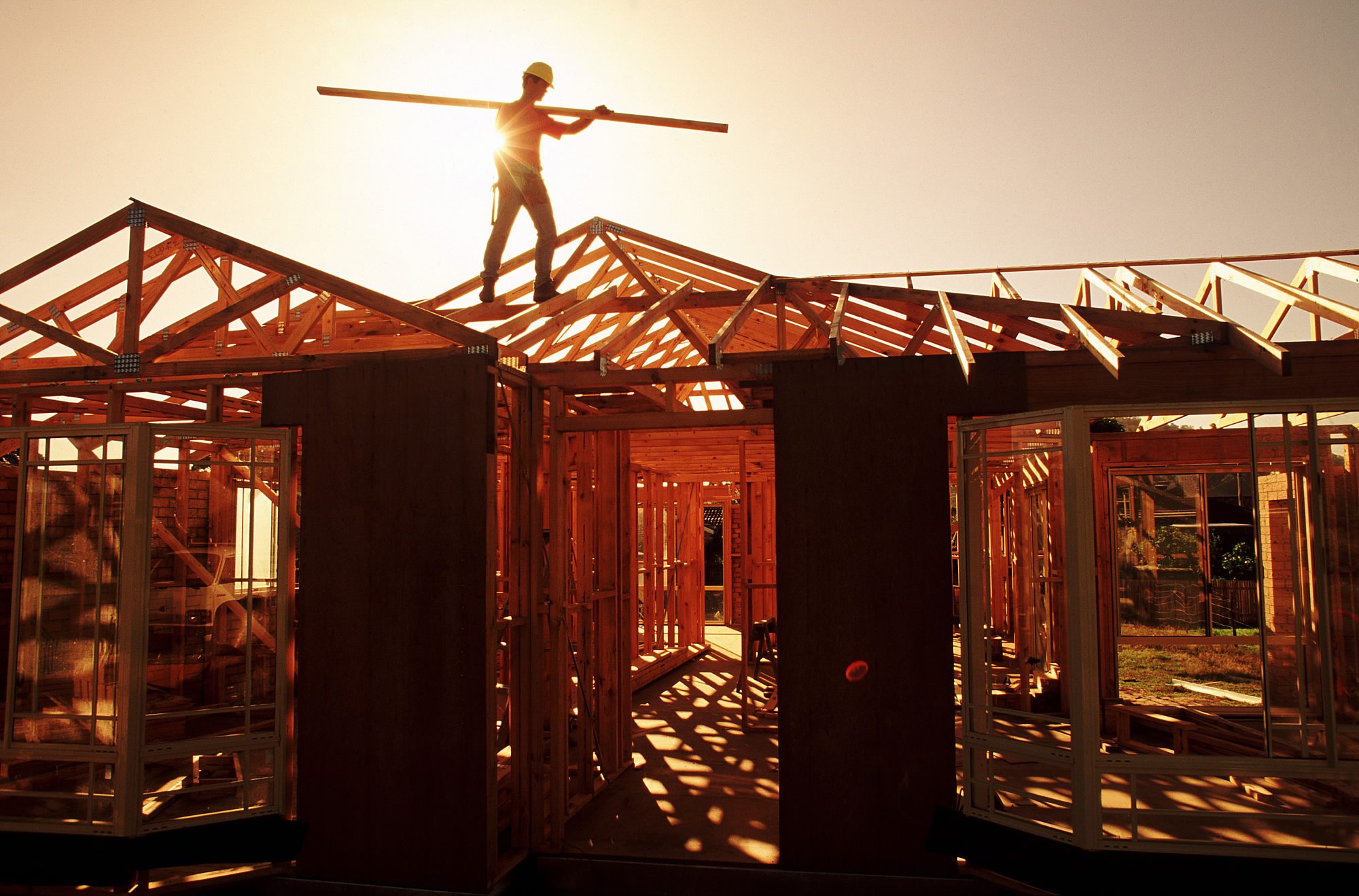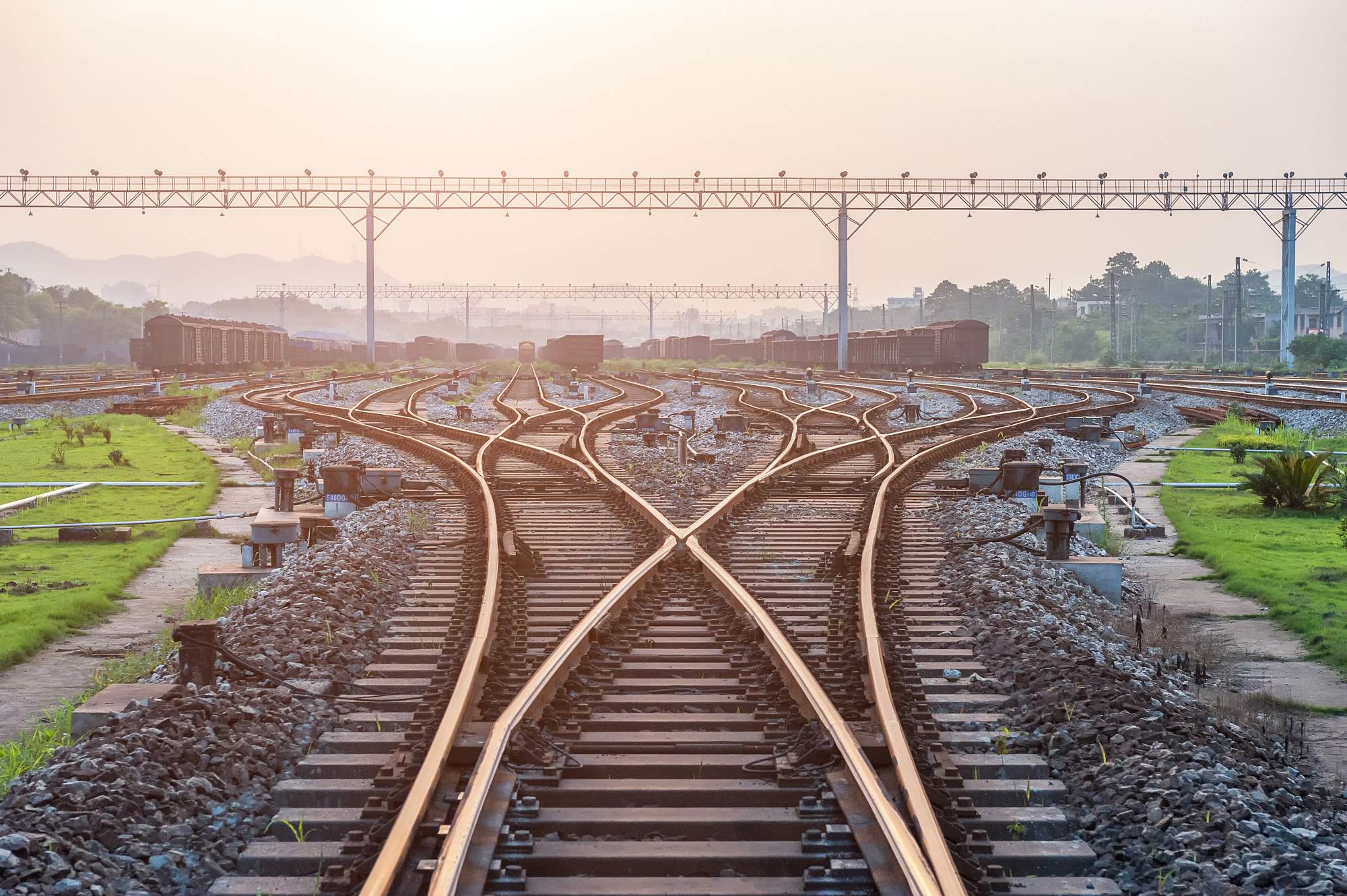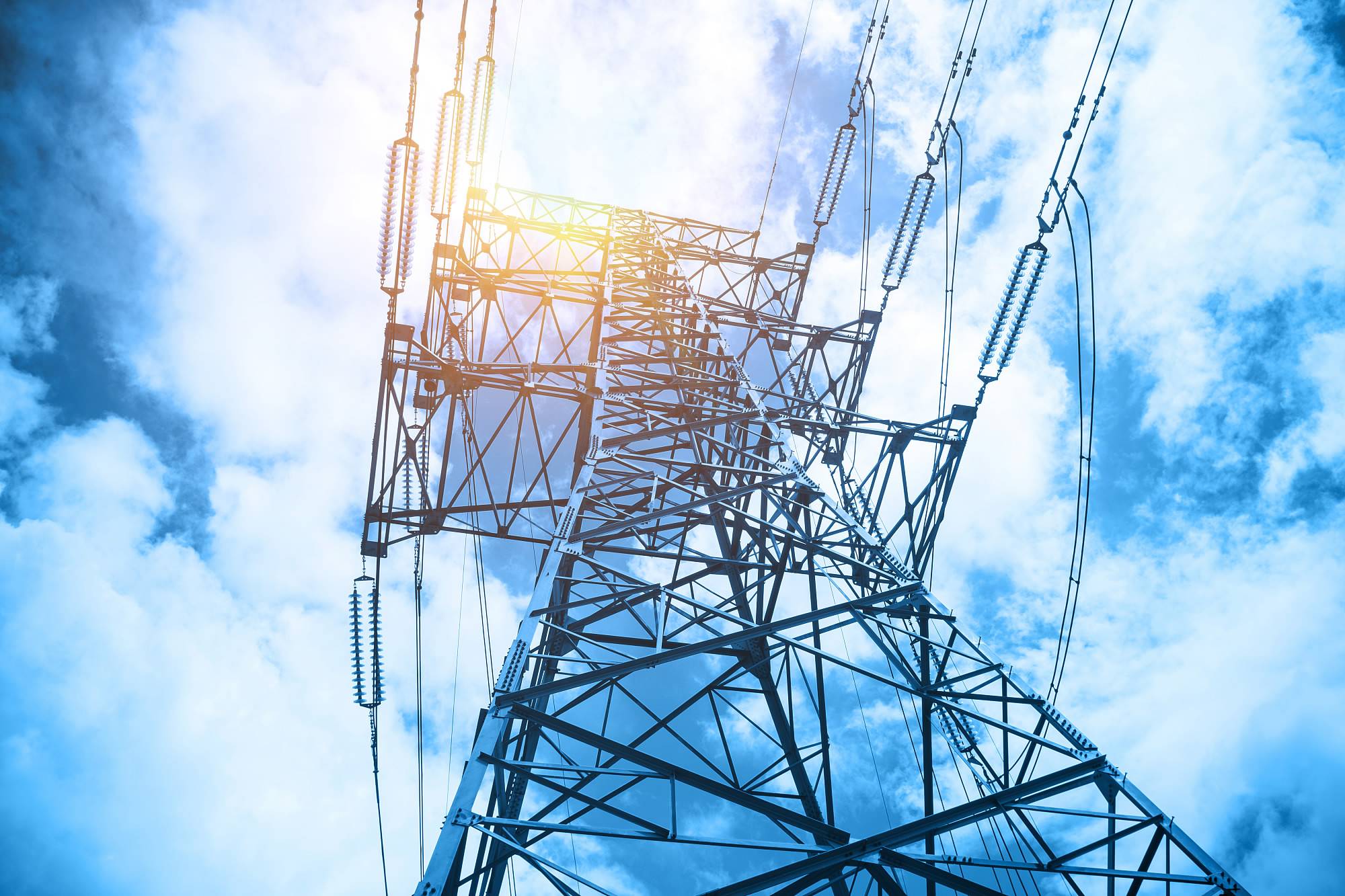China’s state-owned enterprises (SOEs) are working hard on engaging with the Belt and Road Initiative, and are playing a key role in many projects, according to authorities briefing the media at the State Council Information Office on Monday.
Six officials from China’s state-owned enterprises introduced the achievements they have made towards benefiting populations across the Belt and Road countries.
Since 2013, nearly 50 SOEs have implemented over 1,600 projects along the Belt and Road Initiative, covering a wide range of sectors including power, energy, transportation, construction and communications, according to Xiao Yaqing, head of the State-Owned Assets Supervision & Administration Commission (SASAC).
SOEs have currently set up over 9,000 branches overseas, effectively promoting regional employment growth and boosting local economies.

VCG Photo
China has established more than 60 energy, oil and gas related projects with more than 20 countries, developing local resources and construction work, according to Xiao Yaqing.
SASAC will continue to promote central SOEs to further participate in the development of the Belt and Road Initiative, working towards establishing a community of shared destiny and interests, and contributing more to the sustainable development of the global economy.
PetroChina boosts local economies
PetroChina has cooperated with 19 Belt and Road countries on 50 projects, according to its president, Wang Dongjin, adding that his enterprise has benefited local people. For instance, the company invested in and constructed Kazakhstan's biggest vegetable greenhouses, improving regional access to fresh vegetables even in the coldest weather.
PetroChina's charity programs have also benefited more than two billion people in the Belt and Road countries.
In Indonesia, PetroChina has more than 2,400 staff, but only 19 of them are from China, making its staff localization rate really high.
China Communications Construction Company helps with transportation while lowering costs
Liu Qitao, chairman of China Communications Construction Company said its affiliate companies constructed 10,320 kilometers of road, 95 wharfs, 10 airports, 152 bridges, and 2,080 kilometers of railway along the Belt and Road countries.
After the successful construction of the Mombasa-Nairobi Railway, the railway linking the port of Mombasa to Kenya’s capital city has seen efficiency greatly improved while the cost of transportation was reduced 40 percent. During the construction process, the company worked closely with local people, and “did all it could to protect animals” in the “natural zoo,” referring to species living near the construction site.
“From passages for the animal, to the water they drink, we protect the relevant environment to a national level,” he said.

VCG Photo
CRRC achieves localization
Liu Hualong, chairman of rail car maker CRRC, talked about its rapid progress in developing its international business. He talked about his company’s “Five Localizations” that have been points of focus aimed at achieving localization and boosting local economies – locally produced, local procurement, local employment, local customer service maintenance, and local management. The “Five Localizations” model increased local employment and the development of the industry, he said.
“We designed carriages for the purpose of prayer and carriages only for females in Malaysia,” said Liu, describing how CRRC puts local religions and culture on its development agenda.
In the past three years, Liu said CRRC have received Malaysian orders worth 10 billion yuan, proving the Belt and Road Initiative is playing a positive role in the economic and social development of both countries.
StateGrid promotes uniform international standards
She Yinbiao, chairman of StateGrid, talked about his company’s mission of building a uniform international standard for electricity. He said his company focused on three things under the initiative, with the first one being achieving an internationally recognized and uniform electricity standard.

VCG Photo
The second is hooking up China’s technology standards with international standards, and improving domestic standards to be consistent with international ones. According to She, China’s electricity technology standards are 80 percent the same as internationally recognized ones.
The third is promoting China’s standard to the world by vigorously participating in the work of setting up the standard.
Strength in technology, finance and human resources
Ren Hongbin, chairman of China National Machinery Industry Corporation, said his company has worked on 733 projects with 48 Belt and Road countries.
Shang Bing, chairman of China Mobile said his company lowered the cost of phone calls along the Belt and Road countries, reaching 64 countries and regions and benefiting 28 million users.
"State-owned enterprises take the Belt and Road initiative as an opportunity to expand abroad. They take full advantage of their strength in technology, finance, and human resources to offer their services abroad,” said SASAC head Xiao, adding “our state-owned companies also gained much experience from the practice.”
4km










